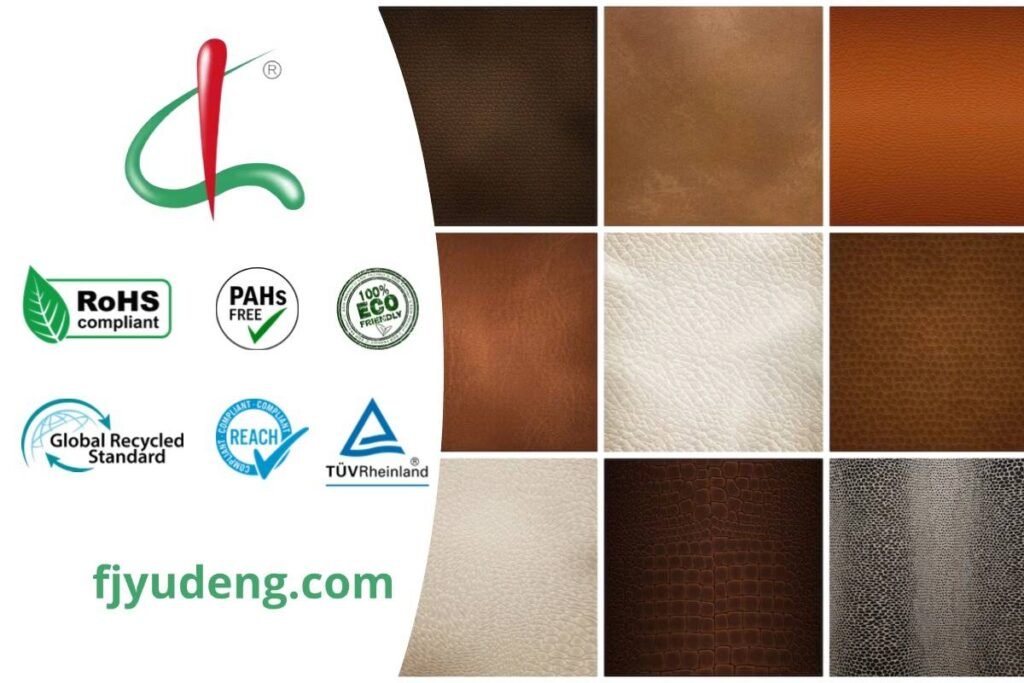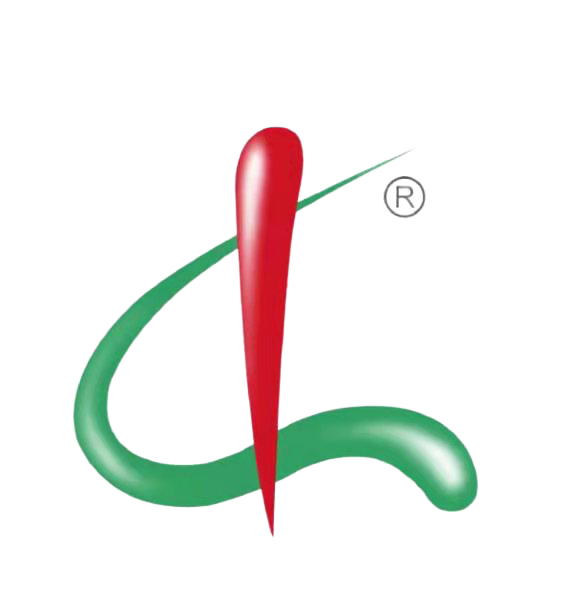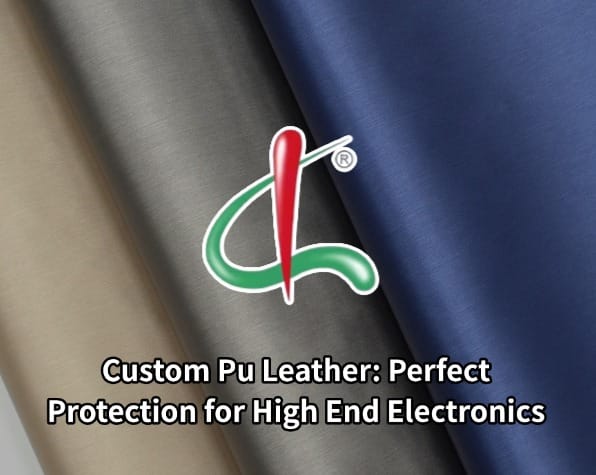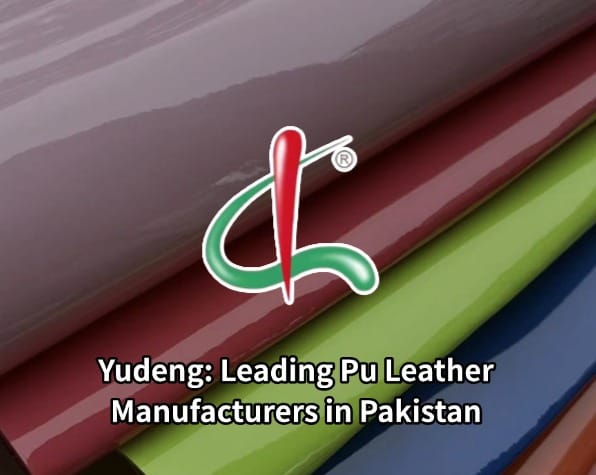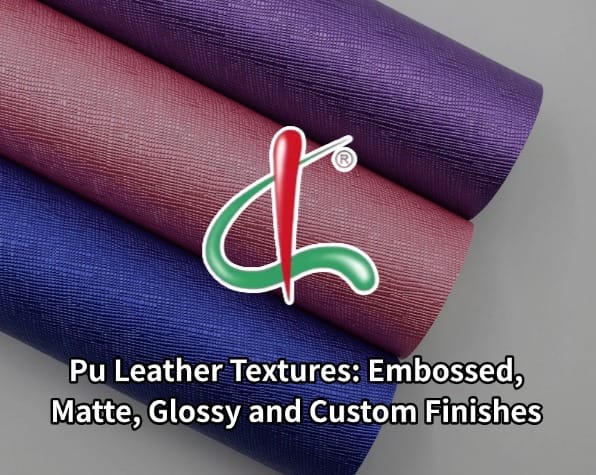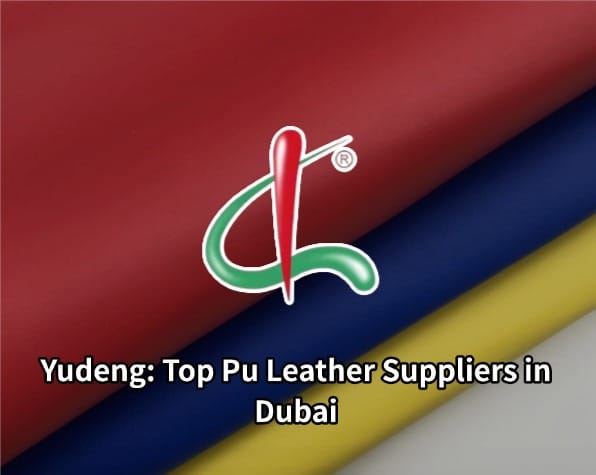In modern manufacturing and fashion industries, PU synthetic leather has gradually replaced traditional natural leather with its soft feel, good processability, environmental protection and cost-effectiveness, and is widely used in clothing, shoes and bags, automotive interiors, furniture and other major fields. However, in the entire production process of PU synthetic leather, material selection is always a key factor affecting the performance, appearance and cost of the final product.
Just like choosing a solid foundation to build a house, the “foundation” of a high-quality PU synthetic leather is the base fabric material it relies on. The scientific and reasonable selection of materials will directly affect the wear resistance, breathability, softness, ductility and overall texture of the synthetic leather.
As a PU leather manufacturer with many years of experience, Yudeng is well aware of the detailed differences between different substrates. In this article, we will focus on several common and widely used PU synthetic leather materials, including polyester-cotton blends, knitted fabrics, imitation microfibers, imitation cotton flannel, imitation cowhide, non-woven fabrics, etc., and combine Yudeng’s experience in material research and development to help customers understand and select the most suitable material solution for their products.
Table of Contents
- Polyester-cotton blended material: a choice of both structural stability and skin-friendliness
- Knitted fabrics: Representative of flexibility and soft touch
- Imitation microfiber material: delicate texture and high-end appearance
- Imitation cotton flannel: the first choice for warm and comfortable winter
- Imitation cowhide material: a balance between cost performance and appearance texture
- Non-woven fabric substrate: light, changeable, and cost-effective solution
- How to choose the most suitable PU material according to the purpose of the product?
- Yudeng Material Laboratory and R&D Capabilities: Professional Strength Behind the Data
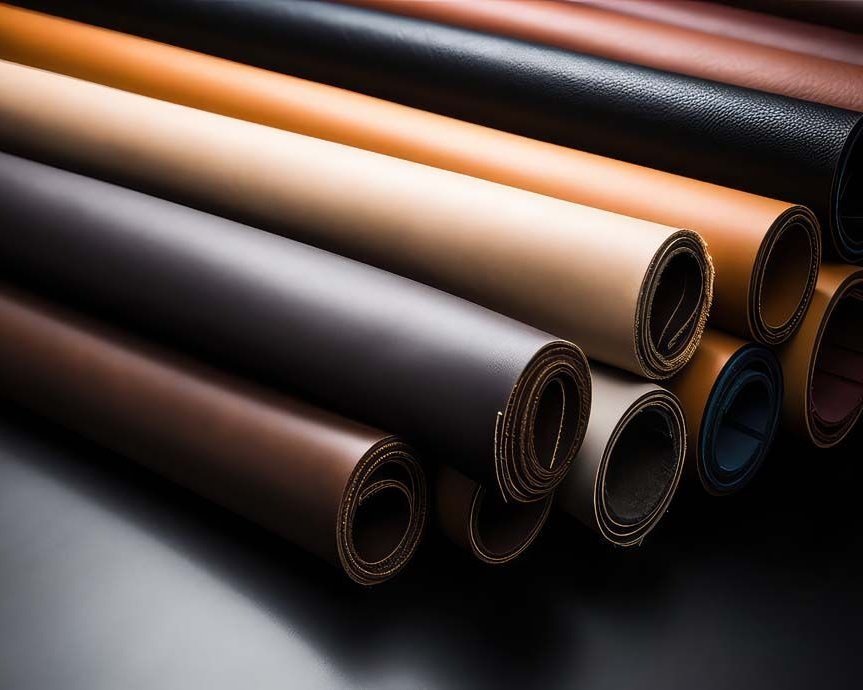
Polyester-cotton blended material: a choice of both structural stability and skin-friendliness
Polyester-cotton blend is a composite yarn fabric that mixes polyester and cotton in a certain proportion. The base fabric of this type of material is often used in mid-to-high-end application scenarios in PU synthetic leather because it combines the comfort of natural fibers with the strength and stability of synthetic fibers.
Advantage analysis:
Good pulling resistance and shape stability: Polyester-cotton blended materials have high tensile strength and are not easy to deform. They are very suitable for products that require dimensional stability, such as office chair cushions, functional backpacks, etc.
Good skin-friendliness and breathability: The cotton component in the blend can improve the breathability of the fabric, making the synthetic leather more comfortable when worn close to the body.
Suitable for post-processing: Polyester-cotton fabrics are easy to print, emboss and bronze, and are suitable for diverse design needs.
Application example:
Yudeng once provided a PU upper leather with a polyester-cotton blended base fabric for a well-known domestic women’s shoe brand. While ensuring flexibility, it greatly improved the breathability and foot feel of the finished shoes, and the customer praise rate increased by 22%.
Knitted fabrics: Representative of flexibility and soft touch
Knitted fabrics are a kind of fabric woven by winding yarn coils. They are increasingly used in PU synthetic leather, especially in sports and leisure products and soft accessories.
Why choose knitted fabrics?
High ductility: Knitted fabrics have a natural elastic structure and are suitable for leather products that need to fit arcs or irregular structures.
Warm and delicate touch: Compared with woven fabrics, knitted fabrics are softer and skin-friendly, suitable for products that need to come into direct contact with the skin.
Good hygroscopicity and high environmental protection coefficient: Some knitted fabrics are made of natural cotton thread or environmentally friendly recycled fibers to meet European and American environmental regulations.
Applicable scenarios: such as PU yoga mats, children’s bags, and wrist wearable devices, knitted base fabrics are often used as base materials.
Yudeng suggested: When choosing knitted fabrics, you should examine their gram weight (g/m²) and resilience index. It is recommended to use knitted fabrics above 230g to ensure stability after bearing PU coating.
Imitation microfiber material: delicate texture and high-end appearance
Imitation microfiber is a base fabric made of high-density fiber and ultra-fine polyester filament. The surface structure is close to natural suede or frosted leather, and it is often used in the production of high-end PU leather. This type of fabric has both elegant texture and durable performance, and is a popular material that has continued to increase market attention in recent years.
Core advantages:
- High-end appearance: The surface has a delicate velvet feel, and the visual effect is closer to genuine leather.
- Wear-resistant, scratch-resistant, and fading-resistant: Suitable for making handbags, sofas and other products with high service life requirements.
- Environmentally friendly and sustainable development: Some imitation microfibers have adopted recycled materials, which has a positive impact on carbon emissions.
Yudeng case sharing:
We provide customized imitation microfiber PU fabrics for a European luxury sofa brand. The wear resistance coefficient has passed the Martindale 40,000 revolution test, and the entire batch of products has reached the EN ISO 12947-2:2016 international standard.
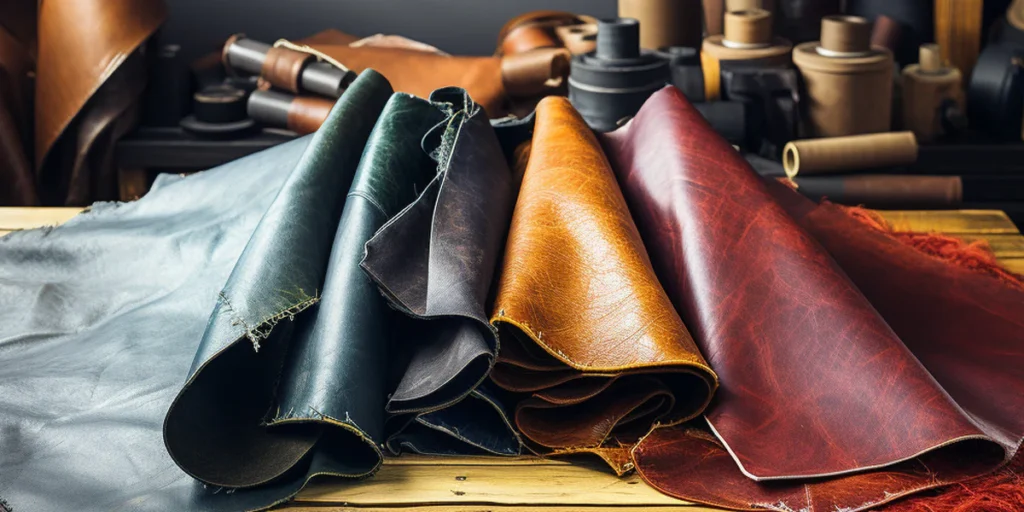
Imitation cotton flannel: the first choice for warm and comfortable winter
Imitation cotton flannel is an artificial fabric with a short-pile effect. It is used in PU synthetic leather and can effectively improve the hand temperature and softness. It is a common choice for winter products, pet products, home cushions, etc.
Material characteristics:
- It feels like velvet and has excellent warmth retention: it effectively improves the overall warmth of the leather.
- Suitable for composite hot melt adhesive process: it is stably combined with the PU layer and is not easy to delaminate.
- High color acceptance: it is conducive to mass dyeing and customized printing patterns.
Notes:
Although the imitation cotton flannel is soft, it has a slight risk of pilling. Yudeng recommends using anti-pilling finishing agents and encrypted base fabrics, and conducting pilling tests (ASTM D3511 standard) to ensure the quality of the finished product.
Imitation cowhide material: a balance between cost performance and appearance texture
Imitation cowhide material usually refers to PU leather base fabric treated with imitation leather grain technology. Its advantage is that it can simulate the texture and texture of natural cowhide, but it has advantages in cost and environmental protection.
Why do customers prefer imitation cowhide material?
- The cost is more than 70% lower than natural leather
- A variety of leather grains can be achieved: litchi grain, nappa grain, cross grain, etc.
- Uniform structure and more stable quality
Wide range of applications:
The demand for imitation cowhide PU synthetic leather in the fields of car seats, business bags, office desk pads, and simulated leather furniture has increased year by year.
Yudeng takes the advantage of self-developed leather grain templates and can update 10 new textures every month to meet customers’ rapid iteration needs.
Non-woven fabric substrate: light, changeable, and cost-effective solution
Non-woven fabric is a material made by directly bonding fibers by physical or chemical means. It has the characteristics of diverse structures, low cost, and convenient processing. It is one of the most widely used substrates in PU synthetic leather.
Advantages and highlights:
- Wide range of weights and strong applicability (50g~300g)
- Suitable for various production processes such as hot pressing, lamination, and roller coating
- Optional flame-retardant, waterproof, and mildew-proof non-woven fabrics
Yudeng customization capabilities:
Customers can choose different weights and structures (plain, dotted, and diamond embossed) according to their uses. We support OEM customization and can produce samples in as short as 7 days.

How to choose the most suitable PU material according to the purpose of the product?
The choice of materials should be considered comprehensively in combination with specific usage scenarios, cost budget, appearance requirements and environmental protection standards:
| Product type | Recommended material | Reason |
| Women’s shoe lining | Polyester-cotton blend | Skin-friendly and breathable, good fit |
| Fashion handbags | Imitation microfiber | Visually advanced, wear-resistant and scratch-resistant |
| Car seats | Imitation cowhide | Simulates genuine leather, stable and elegant |
| Winter slippers | Imitation cotton flannel | Soft and warm, improve comfort |
| Children’s schoolbags | Knitted fabric | Good elasticity and light weight |
| Foreign trade orders | Non-woven fabrics | Controllable costs and fast delivery |
Yudeng suggested: Customers can apply for samples of 3 to 5 different substrates in the initial material selection, and judge which one is more suitable for the target market through actual tests (such as wear resistance, tearing, air permeability, VOC detection, etc.).
Yudeng Material Laboratory and R&D Capabilities: Professional Strength Behind the Data
As a company with more than 15 years of experience in PU synthetic leather manufacturing, Yudeng has established an independent material laboratory and leather R&D center:
Testing capabilities cover: wear resistance, tear resistance, UV resistance, flame retardant, antibacterial, waterproof and breathable, etc. 30+ indicators
Equipment support: imported equipment such as the American Taber abrasion tester, the German Q-Lab aging box, and the Japanese Sanyo breather
Annually develop 30+ new material combinations to tailor product solutions for customers to adapt to industry trends
In addition, Yudeng has passed the ISO 9001 quality management system certification and cooperated with authoritative organizations such as SGS and Intertek. All factory products are accompanied by third-party test reports to ensure that customers can place orders and use them with confidence.
| Start Your Order | Email: hello@fjyudeng.com | Number: +86 17746077007 |
PU synthetic leather is a highly plastic material, and its true value is inseparable from the scientific selection and reasonable matching of the base material. The stability of polyester-cotton blends, the softness of knitting, the high-end feel of imitation microfiber, the simulation effect of imitation cowhide… Behind each material is a deep understanding of product positioning, market demand and manufacturing process.
Yudeng synthetic leather factory always adheres to customer needs as the core, combines market trends and technological innovation, and provides the most suitable PU material solution for each partner. If you are looking for a PU synthetic leather solution that is both beautiful and practical, reliable and environmentally friendly, please feel free to contact Yudeng. We will use our experience and strength to help your products reach a higher level.
